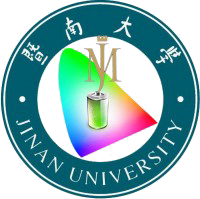Interfacial Gradient-Energy-Band-Alignment Modulation via a Vapor-Phase Anion-Exchange Reaction toward Lead-Free Perovskite Photodetectors with Excellent UV Imaging Capability
2021
期刊
ACS applied materials & interfaces
下载全文
- 卷 13
- 期 44
- 页码 53194-53201
- DOI: 10.1021/acsami.1c15635
